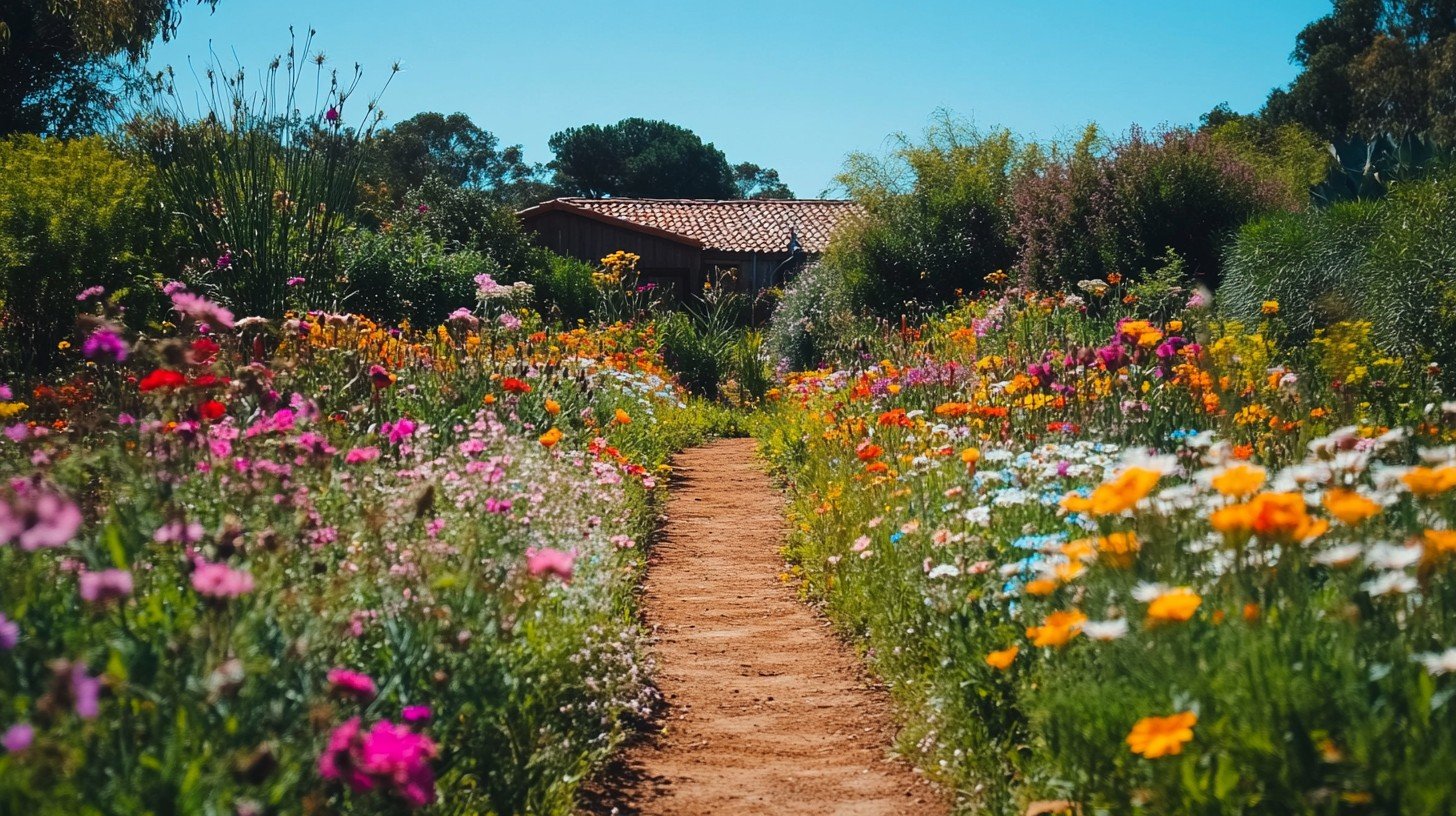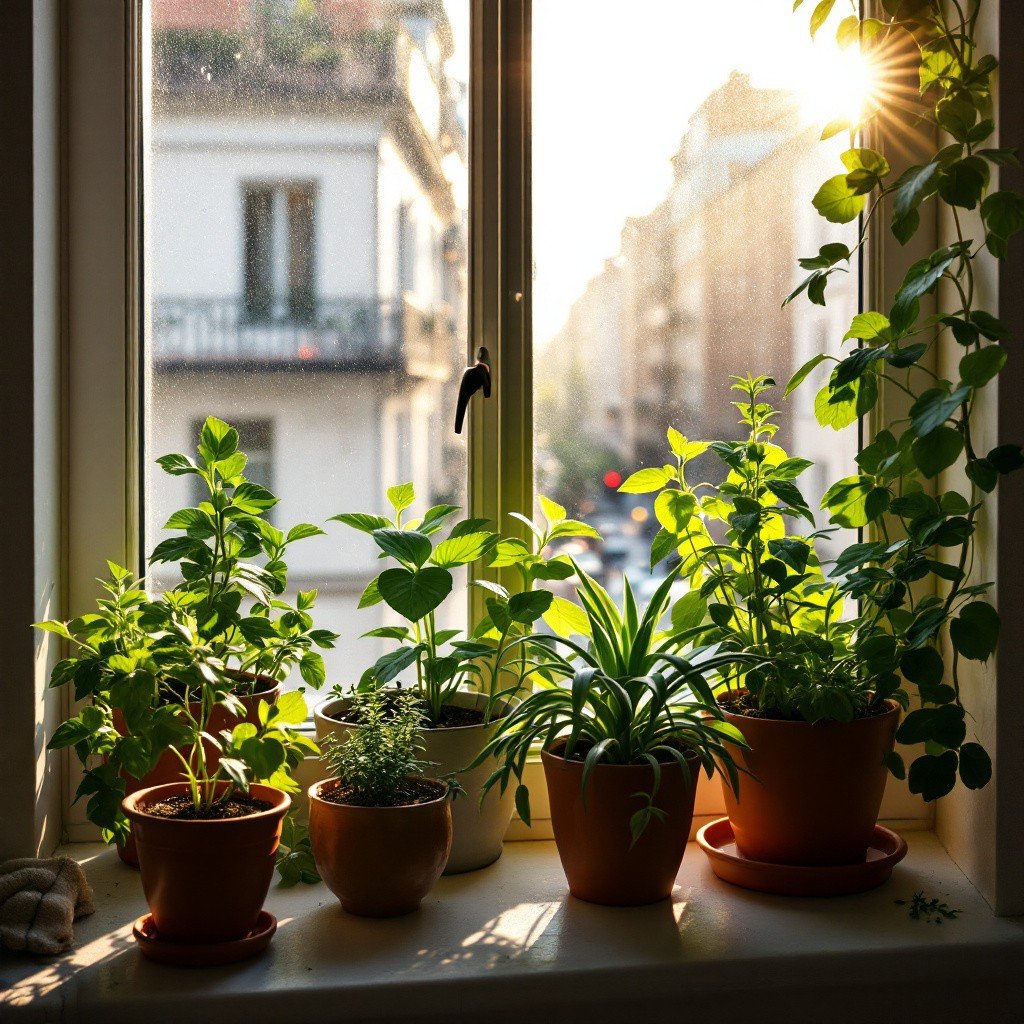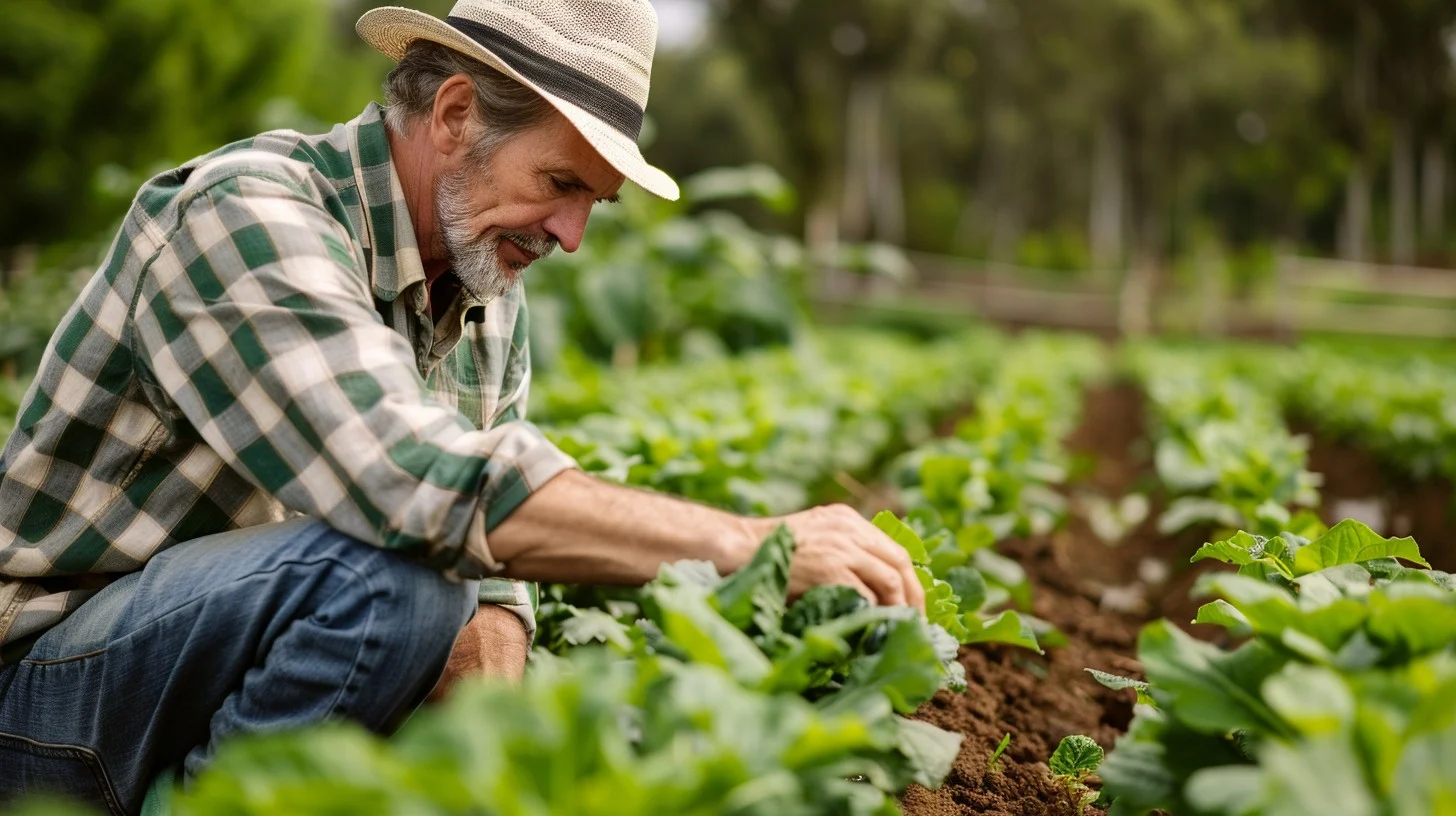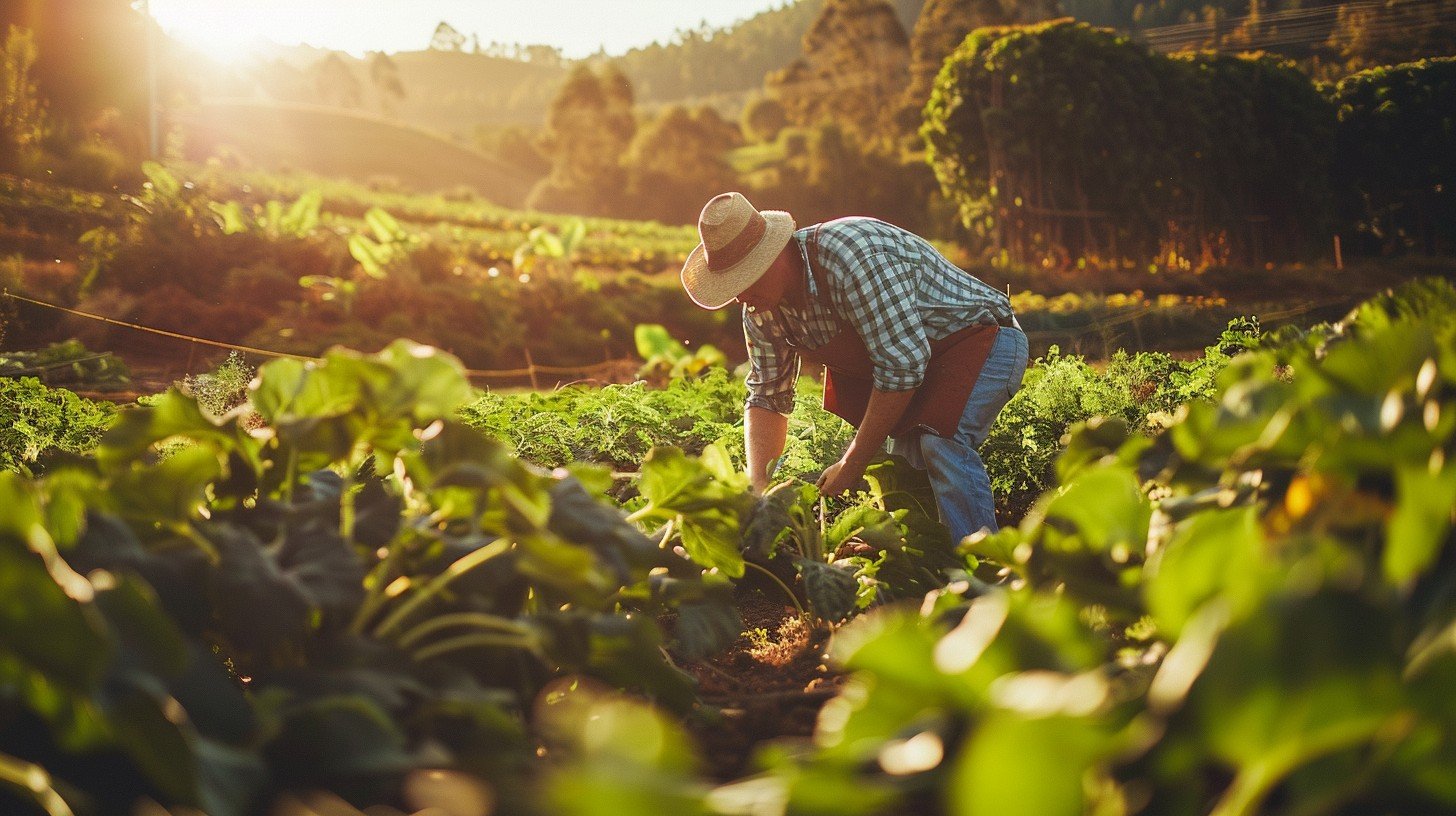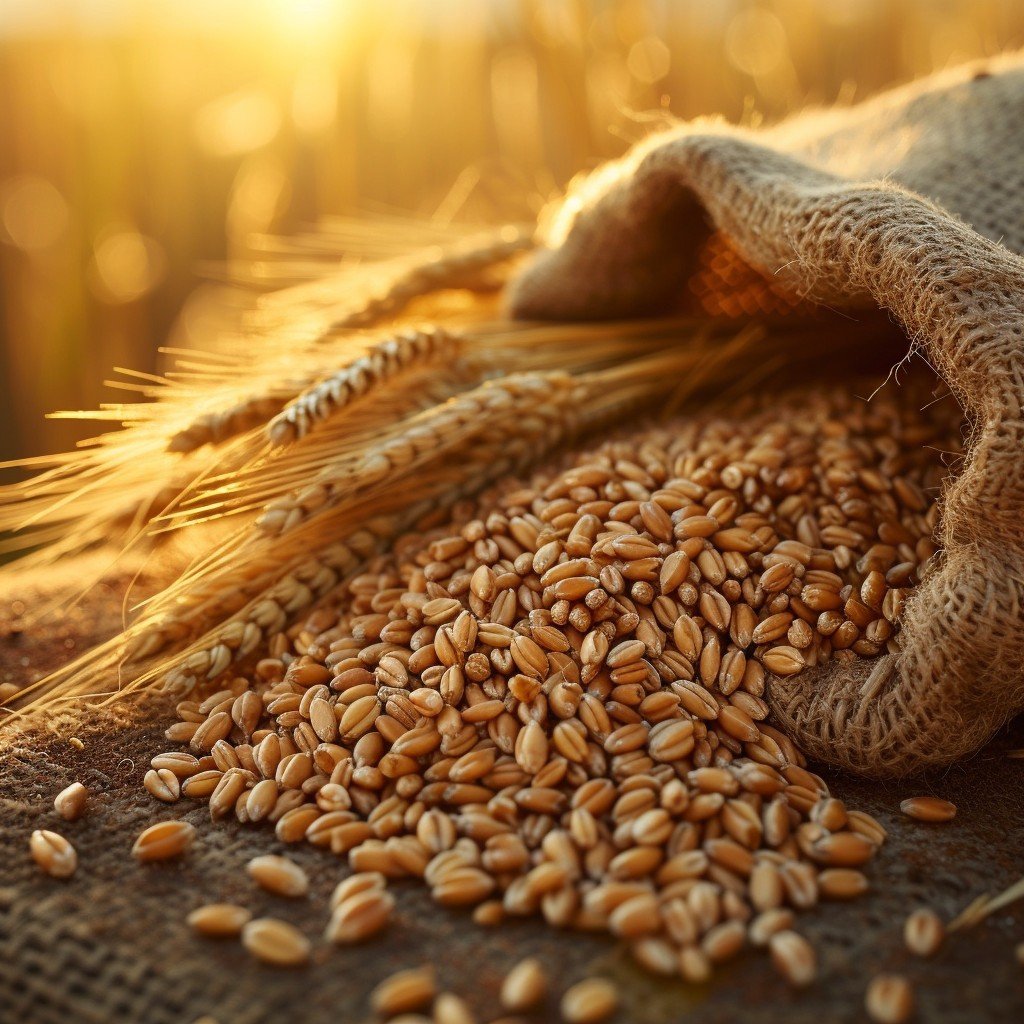Do you dream of turning your garden into a living tapestry of color and form that echoes the wonders of the American wilderness? Then read on! Creating a wildflower garden is not about just planting pretty flowers; it’s all about embracing the beauty of nature and bringing a slice of it back to your backyard. Let’s explore the amazing world of American wildflower gardens and how you can create your vision in your home landscape.
1. Introduction
Imagine going out into your garden to be met by a sea of color; blooms perfectly as they are, lolling in the breeze. The air is full of soft, sweet chirps and the gentle hum of bees. This is the magic of a wildflower garden. We are thus not only beautifying our place but also giving life to local ecosystems, saving water, and saving the environment from the ill effects of too much use of chemical fertilizers and pesticides. It is win-win on both sides us and Mother Nature!
2.An Overview of American Wildflowers
So what exactly are wildflowers? Simply, they are flowering plants that grow naturally in the wild and not through human help. Talking of the context of American gardens, we often work with native species a plant that has evolved in one’s local ecosystem over the past thousand years. These native wildflowers are thoroughly adapted to the conditions of our climate and soils. And that means they are even much easier to grow and maintain.
But why are these so important? Native wildflowers play an important role in our ecosystems. They provide food and shelter to some local wildlife, help mitigate soil erosion, and increase the general state of our environment. Our gardens are a habitat for biodiversity and the environment around us.
3. Planning Your Wildflower Garden
Just a few things to consider, and take a little thought to before snapping on your gardening gloves and heading out to plant wildflowers. First, take a good look at your garden space: What kind of soil do you have? How much sunlight does the area receive? What’s your local climate like? These are essential things to help identify which wildflowers will thrive in your garden.
Next, investigate native wildflowers. Many areas offer access to local botanical gardens or native plant society resources. Recognize that what can grow in sunny California may not be best suited for rainy Seattle!
Design be natural and informal in the disposition you put the wildflowers. Wildflower gardens should be a mimicking of nature, so forget about straight lines and symmetrical patterns. Instead, create sweeping drifts of color and texture, mixing different heights radiating from the center, and bloom times, for a dynamic, ever-changing display.
4. Preparation and Planting
Site Preparation: Now comes the fun part getting down in the dirt! Well, maybe. First, prepare your site for planting. This likely includes killing off the existing grass or weeds and perhaps turning your soil. If your soil is poor, you may want to mix in compost or other inputs.
There are two major directions you can pursue for planting: seeding or transplanting. Seeding can be much less expensive when working over a relatively large area than transplanting. This approach allows you to get a jump on the garden. The most appropriate planting time can vary with the climate of your region and the flower species you’ve chosen, but spring and fall are the most common times to plant wildflowers.
5. Maintaining Your Wildflower Garden
That’s one of the beauties of a wildflower garden very little maintenance. Just don’t overdo it! In the early time of planting, you’ll need to do some watering to help your plants get established. After that, most of the native wildflowers are fairly drought tolerant.
Weed control is critical, especially during the first growing season. Keep vigilant for undesirable plant growth that might be competing with the wildflowers. Pruning and deadheading needs to be done per species. Some wildflowers benefit from deadheading in order to encourage more blooming, while you may want to leave others in order to self seed.
6. Seasonal Considerations of Wildflower Gardens
Your wildflower garden will change with the seasons and offer new delights throughout the year. In the spring, get ready for early bloomers like columbines and spring beauties. During the summer, marvelous, dazzling color appears from coneflowers, black-eyed Susans, and bee balm. Fall sees asters and goldenrod, and in winter, the architectural beauty of seed heads and dried stems.
Ensure you have interest all year round by planning a succession planting. This is the strategy of selecting plants with contrasting blooming dates, to give you an all-season round blooming garden .
7. Attracting Wildlife
At the top of the list of benefits to a wildflower garden is the wildlife it draws in. The bees, the butterflies, and all the other pollinators will flock to your flowers. The birds not only get the pick of the draw; they’re eating seeds and insects. And if you’re lucky, you might even have a family of rabbits or chipmunks stop by.
8. Problems and How to Address Them
There are, of course, going to be some problems in maintaining a wildflower meadow. Pests and diseases will sometimes be an issue, but healthy native plants have a large degree of resistance built in. If problems do occur, the first line of attack is trying natural ways of dealing with problems; for instance, the introduction of beneficial insects or the use of organic treatments.
Invasive species can be more of a serious problem. Look for and remove any aggressive, non-native species of plants that may compete too vigorously with your wildflowers.
9. Incorporating Wildflowers into Existing Landscapes
You would not like to think that Wildflowers will require an open area or a large blank space. You can nevertheless add wildflowers to your existing gardens quite easily. Native wildflowers could be added to perennial borders or a section of your lawn can be converted into a meadow to provide a more natural effect to your scenes.
10. conclusion
An American wildflower garden is more than just gardening. This is a way of connecting with nature, sustaining local ecosystems, and trying to bring a little touch of wildness to our everyday lives. Be it small and urban or several acres in size, opportunity abounds to incorporate these beautiful, beneficial plants into your landscape.
So why not give it a try? Start small if you are unsure, perhaps with a corner of your yard or a few containers. As you watch your wildflowers grow and bloom, attracting a diverse array of wildlife, you’ll not only be creating a beautiful garden but also playing a part in preserving our natural heritage. Happy gardening!
Check out the quick 3 FAQs related to American wildflower gardens below:
1.Q: Can I grow a wildflower garden in a small space or in an urban environment?
A: Yes, you can! Wildflower gardens can be fitted in for different sizes, from small yards and balconies to even container gardens. Just choose from native species that fit with your space and your growing conditions. In fact, even the smallest patch of wildflowers can attract pollinators and add beauty in urban environments.
2. Q: How long will it take a wildflower garden to get established?
A: Most take 2-3 years to fully establish. The first year is pretty much roots and little blooming. In the second year you’ll see a few more flowers, and by the third year, a picture of your garden should be complete. You must wait in patience, but the result is absolutely breathtaking!
3. Q: Do I have to replant my wildflowers every year?
A: Not necessarily. While many wildflowers are suitable for perennial growing and can therefore come back again year after year, others are annuals that can regrow naturally from the seeds they drop into your garden. However, you may want to add new species or replenish certain areas from time to time to keep the diversity and fullness of your garden.

